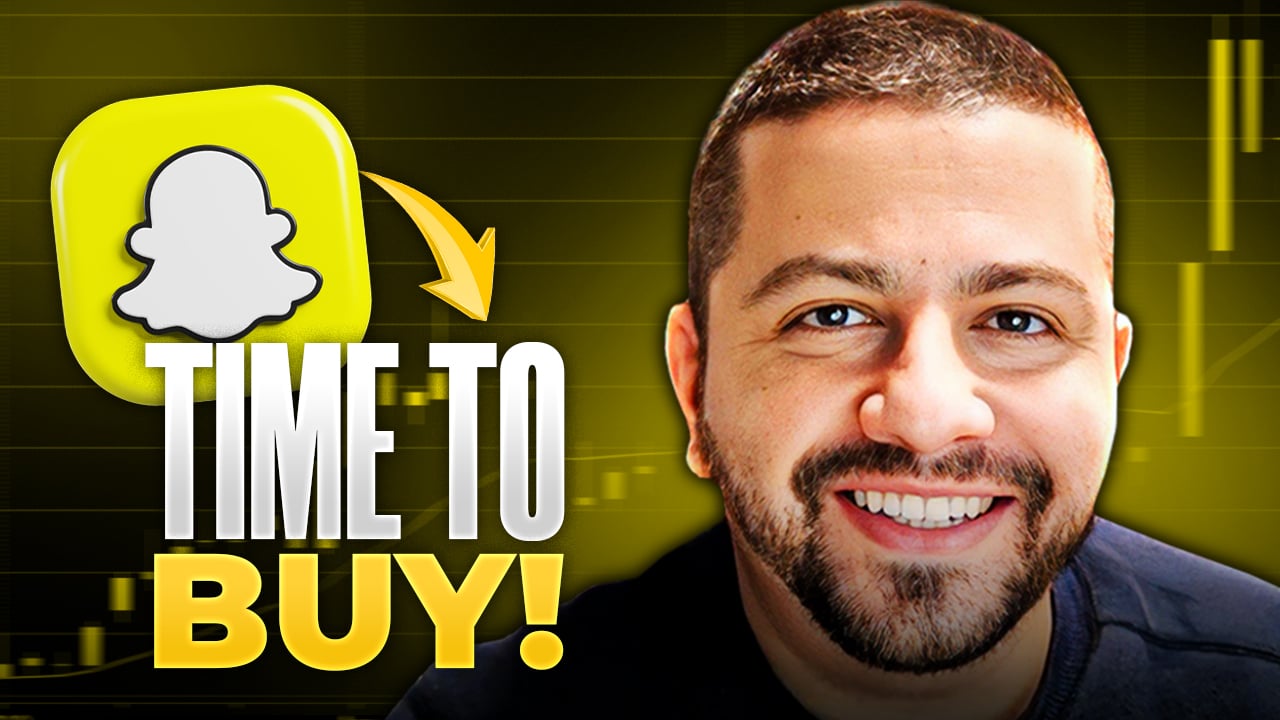Every day, Wall Street analysts upgrade some stocks, downgrade others, and "initiate coverage" on a few more. But do these analysts even know what they're talking about? Today, we're taking one high-profile Wall Street pick and putting it under the microscope...
2019 has been a good year for Snapchat operator Snap (SNAP +0.13%). After taking it on the chin in 2018, Snap stock has bounced back this year, doubling in share price in the past four months. But is Snapchat's run now done?
Two analysts think so.

Image source: Getty Images.
Downgrading Snap stock
In a one-two punch this morning, Wedbush and Vertical Group announced they were downgrading Snap stock to neutral and negative, respectively.
Wedbush pointed to the same thing that has gotten Snapchat investors so excited -- a reversal in sentiment, giving rise to an amazing rebound in shares -- as its reason for panning the stock. With Snapchat trading close to $12 yesterday, the analyst warned that it sees little room for additional upside, as TheFly.com reports. Snap may actually beat guidance when it announces Q1 earnings next week, but Q2 guidance will probably be no more than what Wall Street already expects (low-30s percentage revenue growth, but continued GAAP losses).
Wedbush thinks this expectation is already factored into Snap's higher share price, and therefore rates the stock only neutral, with a $12.25 price target.
Downgrading Snap stock, part deux
Vertical Group is even more pessimistic, observing in a note covered by StreetInsider.com (subscription required) that Snap is experiencing "stagnant" return on its investments, and cutting spending (because without returns, what's the point?) in order to conserve cash.
Snapchat's cash crunch
Of today's two downgrades, I think Vertical's is the more interesting -- inasmuch as it appears tied to cash concerns raised just a few days ago by London's Financial Times.
In an article ominously titled "Can Snap Survive?", FT observes that after falling from $24 billion in market cap at the time of its IPO to $15 billion today, Snap stock has already lost more than one-third of its value -- as well as 5 million users (since last year), and "two chief financial officers, the chief strategy officer and the head of human resources," besides.
User counts have "steadied," but aren't yet growing. Perhaps worst of all, FT notes, Snap lost $1.3 billion last year -- and has only about $1.3 billion left in the bank today.
Granted, cash flow at Snap isn't quite as bad as the GAAP losses might suggest. Free cash flow last year was "only" negative $810 million. Still, at that rate of cash burn, Snap could theoretically run out of cash by the end of next year. At that point, the company would likely try to raise new capital to keep itself solvent, but FT warns that "it will struggle to raise fresh investor funds while its user count is down."
The upshot for investors
This, then, in a nutshell, is why Snap has been cutting spending -- not just because return on investment is weak, but because the company is running out of cash, and may struggle to raise more when it's needed. According to FT's analysis, Snapchat cut its cash burn rate by about half last quarter. If it can keep a tight rein on costs, that might permit it to stretch out its cash reserves to perhaps three years, instead of just 18 months.
As FT sees it, therefore, the challenge is to turn Snap into at least a "cash flow-neutral" company in that time frame -- and to do so while contending with financially stronger rivals like Facebook and Twitter, which have already turned the corner and begun earning profits.
What FT may be missing, though, is the fact that Snap has already begun cutting costs -- yet is still growing revenue. 2018 cost of goods sold at the company rose only 18% year over year, while sales were up 43%, according to data from S&P Global Market Intelligence. Furthermore, the consensus of analysts following Snap is that the company's revenue will rise a further 31% this year -- then proceed to double (to $3 billion) by 2022, giving rise to positive GAAP earnings a year later.
This could give Snap just enough time to work its way into positive profits territory before its cash runs out. It's a race against time, no doubt -- but don't count Snap out just yet.






